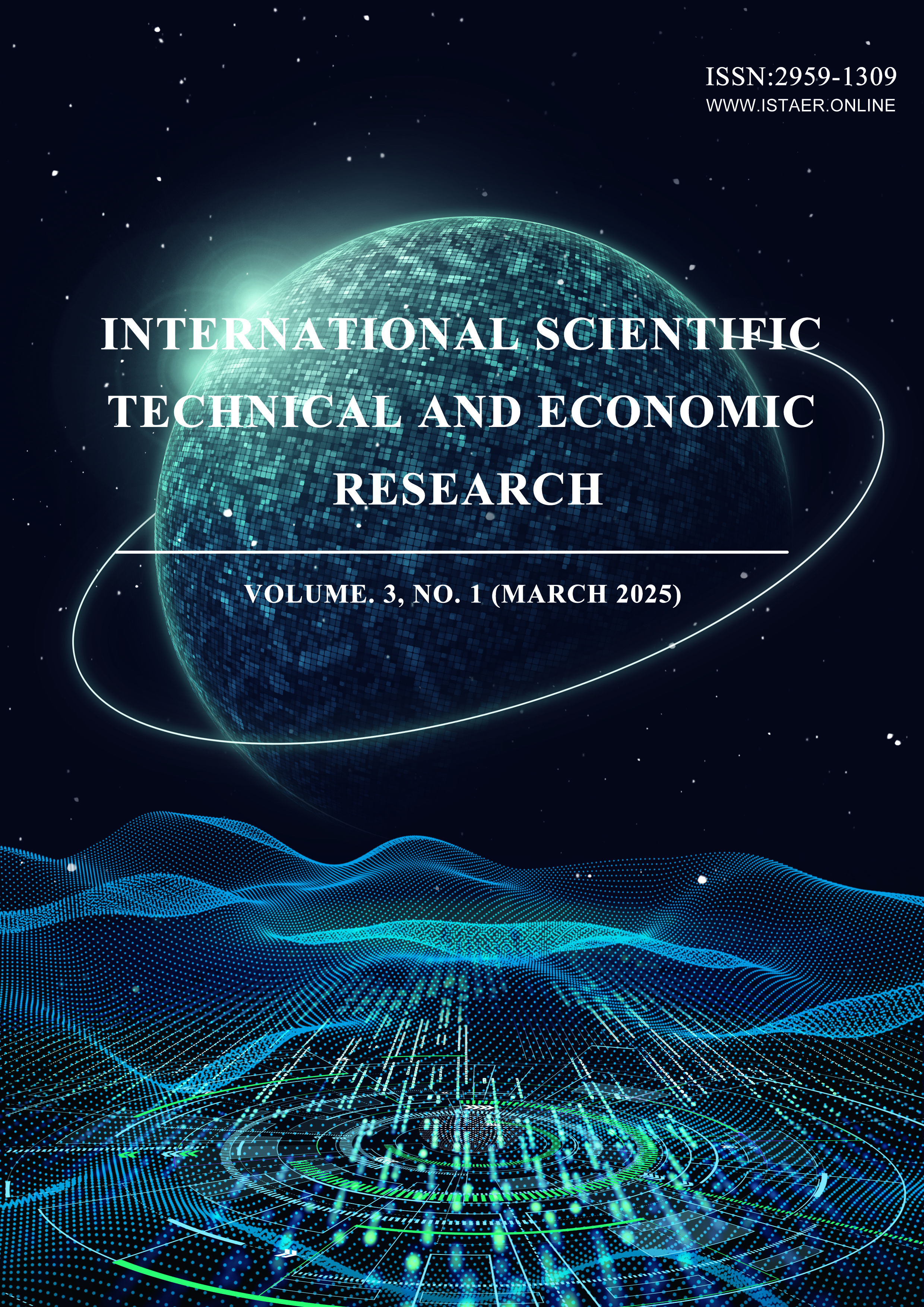Analysis of Mining Equipment Procurement Plan and Logistics Path Optimization Based on QUBO Model
DOI:
https://doi.org/10.71451/k10dae93Keywords:
0-1 Integer Programming; QUBO Model; Simulated Annealing Solver; CIM SimulatorAbstract
By analyzing the configuration and operation plan of mining equipment, this paper establishes a linear programming model and converts it into the corresponding quadratic unconstrained binary optimization (QUBO) form. Based on this, the simulated annealing solver built-in in Kaiwu SDK and CIM simulator are used to study the configuration and operation plan of mining equipment. For work one: it is required to provide a procurement plan that maximizes profits within the budget range, that is, to determine the required excavator models and corresponding quantities. This problem is based on the premise of not considering the service life of excavators, with the maximum value of the product of the four excavator models and their corresponding long-term profits and quantities as the objective function, and with the constraints of start-up capital budget and excavator type, a 0-1 integer programming model is established. By using the decision variable of the model as a 0-1 variable and the constraint as an inequality constraint, the constraint is then transformed into the corresponding Hamiltonian operator, and the penalty term coefficient P is introduced and added to the objective function, thereby transforming it into QUBO form. Due to the low complexity and linearity of the model, the Kaiwu SDK's built-in simulated annealing solver and CIM simulator were used to solve the problem and obtain the final maximum profit and procurement plan. For work two: compared to work one, the condition of equipment lifespan of 5 years has been added, and it is required to plan the model and quantity of excavators that need to be purchased, while providing the matching relationship between excavators and mining trucks. This problem requires consideration of various cost conditions, with the difference between revenue and cost within five years as the objective function, and matching constraints, quantity constraints, and budget constraints as constraints, ultimately constructing a general linear programming model. By using inequality constraint relationships, the relaxation variable s in binary expression is introduced to express the constraint term, thereby transforming it into QUBO form. Afterwards, Kaiwu SDK was used to solve the procurement plan and obtain the matching relationship between excavators and mining trucks. For work three: Based on work two, the number of devices has been increased. For the constructed linear programming model, it can be transformed into a QUBO model or even a subQUBO model. Firstly, preprocess the data and use Spearman correlation analysis to determine the degree of correlation between the data, visualizing the data. For the constructed linear programming model, compared to problem two, only parameter variables were added, and the constraint conditions were consistent with problem two. A relaxation variable s was introduced to construct a constraint term, which was then transformed into a QUBO model. Combined with classical calculations, the subQUBO method was used. Finally, the procurement plan was obtained through Kaiwu SDK and a new matching relationship between excavators and mining trucks was provided.
**************** ACKNOWLEDGEMENTS****************
This work is supported by ministry of education industry-university cooperative education project (Grant No.: 231106441092432), the research and practice of integrating "curriculum thought and politics" into the whole process of graduation design of Mechanical engineering major: (Grant. No.: 30120300100-23-yb-jgkt03), research on the integration mechanism of "course-training-competition-creation-production" for innovation and entrepreneurship of mechanical engineering majors in applied local universities (Grant. No.: CXKT202405), Mechanical manufacturing equipment design school-level "gold class" construction project (Grant. No.: 30120324001).
References
[1] Geng, Y., & Ju, S. D. (2005). Research on the Topology Structure and Governance Model of Logistics Infrastructure Network. 2005 National Doctoral Academic Forum (Transportation Engineering).
[2] Yang, C. X., Huang, H., & Dai, Y. C. (2017). Research and implementation of key technologies for 3D visualization of distribution networks based on CIM. Electric Power Science and Engineering, 33(05): 6-10.
[3] Sun, S. Y. (2023). Research on Cargo Loading and Unloading Point Identification and Logistics Center Site Selection Based on Trajectory Data. Dalian Maritime University.
[4] Pan, Q. Y., & Yang, J. Q. (2023). Research on Classification of Interior Materials Based on Improved K-means Clustering Algorithm. Proceedings of the 2023 World Congress on Transportation.
[5] Ding, Y. M., Zhang, X. Q., & Zhang, X. Q. (2024). Active distribution network operation optimization considering linearized power flow constraints. Shandong Electric Power, 51(03): 36-44.
[6] Zhang, B. (2024). Research on logistics distribution optimization model and solution algorithm based on integer linear programming. China Storage and Transportation, 03: 008-015.
[7] Li, Z. Y., Xu, Y., & Han, X. T. (2024). Application of quantum computing technology in decision optimization of new power systems. Power System Automation, 48(06) :62-73.
[8] Wang, L., Jiang, S., & Mao, Y. (2024). Lithium-ion battery state of health estimation method based on trategy. Energy Reports, 112877-2891.
[9] Saranya, S., Anusha, P., & Chandragandhi, S. (2024). Enhanced decision-making in healthcare cloud-edge networks using deep reinforcement and lion optimization algorithm. Biomedical Signal Processing and Control, 92105963. DOI: https://doi.org/10.1016/j.bspc.2024.105963
[10] Gómez, A., & Xie, W. (2024), A note on quadratic constraints with indicator variables: convex hull description and perspective relaxation. Operations Research Letters, 52107059. DOI: https://doi.org/10.1016/j.orl.2023.107059
[11] Zhang, X. G., & Luo R. (2024). Analysis of Traditional Chinese Medicine Constitution Prediction Based on ARIMA Time Series Model. Asia Pacific Traditional Medicine, 20(04): 156-162.
[12] Shen, L., Chen, X., & Tao, W. B. (2024). Application of BP neural network based on genetic algorithm in settlement prediction of light subgrade. Journal of Guangxi University of Science and Technology, 2: 32-39.
Downloads
Published
Issue
Section
License
Copyright (c) 2025 International Scientific Technical and Economic Research

This work is licensed under a Creative Commons Attribution-NonCommercial-NoDerivatives 4.0 International License.
This work is licensed under the Creative Commons Attribution International License (CC BY 4.0).




